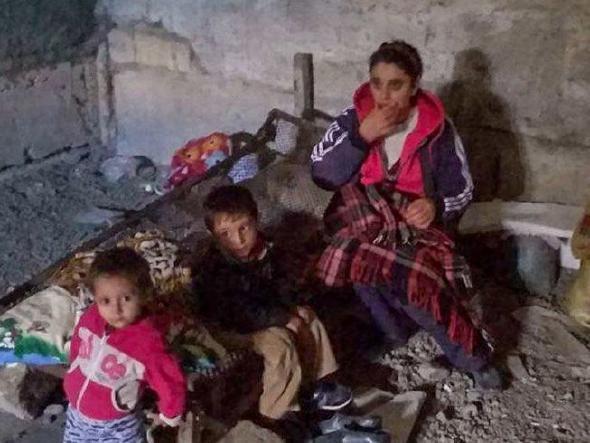Eleven Armenian prisoners of war have been killed by their Azerbaijani captors, and more than 70 Armenian soldiers taken captive following Azerbaijan’s violation of the ceasefire which had halted the fighting in Nagorno-Karabakh on 10 November.
Footage emerged on 15 December showing the shooting of the eleven prisoners.

Azerbaijani forces have also taken control of four Armenian villages in addition to territory gained during the fighting which took place from September to November this year.
These incidents come amidst allegations of Azerbaijani war crimes committed during that fighting, including the beheading of two elderly men and an attack on Ghazanchetsots Cathedral in the town of Shushi. Azerbaijani soldiers have also been accused of atrocities such as defiling corpses and desecrating graves during their advance.
Russian forces acting in a peacekeeping capacity had on Monday 14 December effected the return of 44 Armenian prisoners of war as part of a prisoner exchange.
Azerbaijan’s territorial gains
A Russian-brokered ceasefire agreement, signed on 9 November, had led to an abatement in the conflict. This agreement required Armenia to cede large areas of the Nagorno-Karabakh region previously under its control to Azerbaijan.
This includes areas with gold deposits, and Azerbaijan will likely seek to begin mining operations. The ceasefire agreement has also created the possibility of a land corridor through Armenian territory linking Azerbaijan with Turkey.
Although nominally within the borders of Muslim-majority Azerbaijan, the region is populated by Armenian Christians and has, since the end of the first Nagorno-Karabakh war in 1992, been largely self-governed by ethnic Armenians.
The ongoing conflict has raised fears about the ambitions of Azerbaijan and Turkey, as well as the possibility of a regional pan-Turkic war and a new Armenian genocide.
From Barnabas Fund contacts and other sources
Related Countries
Azerbaijan









